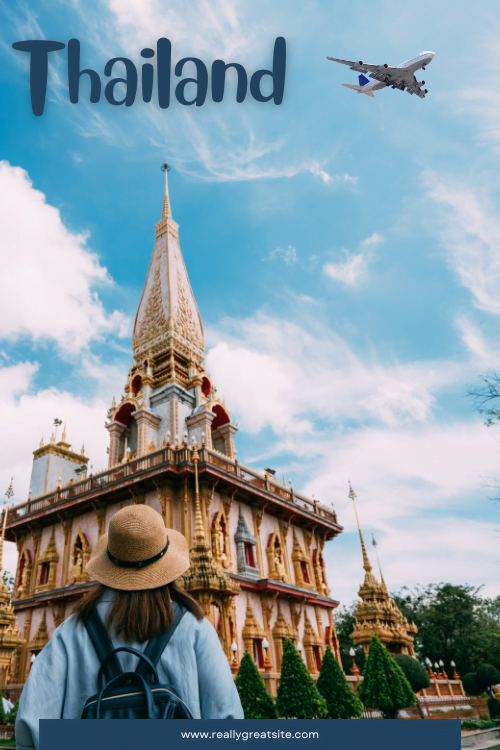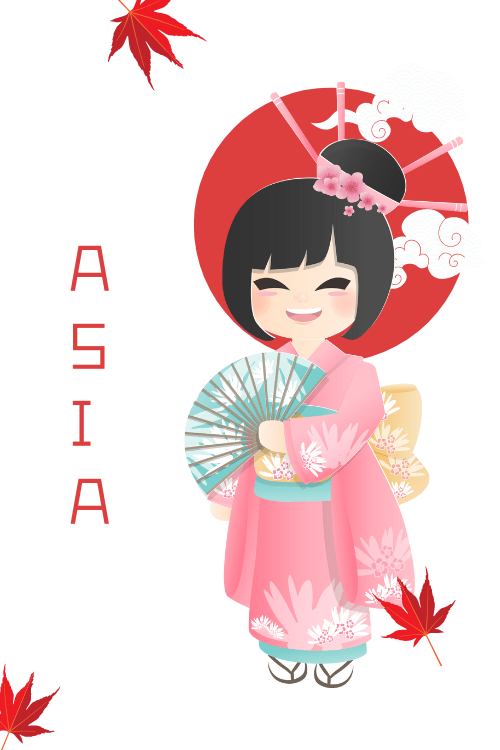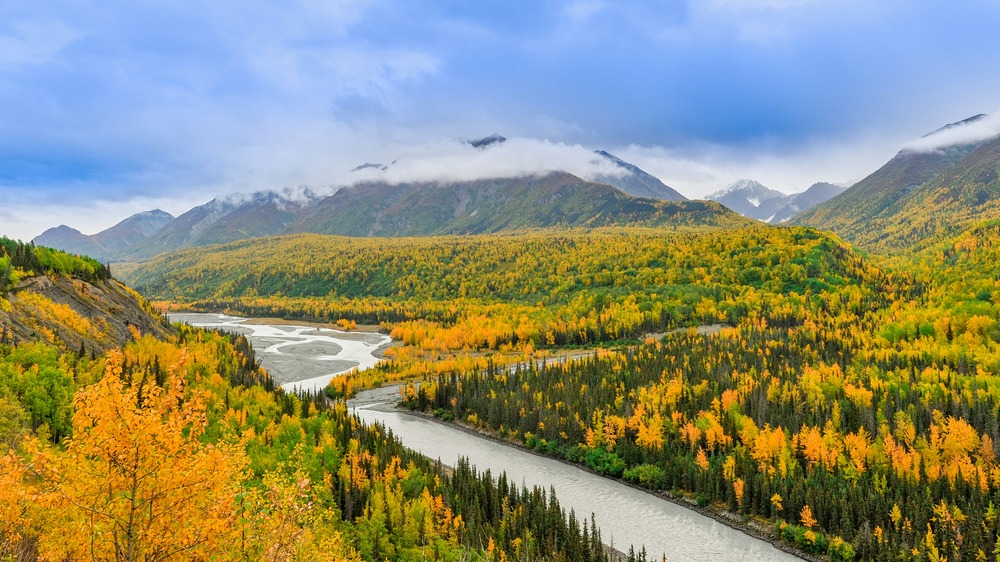eSIM USA
The Best Time to Visit Alaska: A Comprehensive Guide
The state of Alaska, the “Last Frontier,” with its awe-inspiring landscapes, diverse wildlife, and rich cultural heritage, is a dream destination for many.
However, knowing when to embark on your trip to Alaska can be tricky. This comprehensive guide explores Alaska’s distinct seasons, and their unique offerings, and helps you determine the best time to come to Alaska based on your interests and budget.
Thanks for visiting our blog, are you planning to travel to Alaska? Check out our United States eSIM.
Seasons in Alaska
Alaska experiences four distinct seasons, each with its own allure:
- Spring (April-May): Spring in Alaska marks a period of renewal. Days lengthen, temperatures gradually rise, and the landscape awakens with vibrant colors. Wildlife emerges from hibernation, and migratory birds return, filling the air with their melodies. You can witness the rebirth of nature and enjoy the tranquillity of the season.
- Summer (June-August): Summer in Alaska is a time of endless hours of daylight, with the “midnight sun” phenomenon gracing many regions. During the summer solstice, the sun remains above the horizon for a full 2 hours in places like Fairbanks, offering a surreal experience. Even in areas where the sun does set, daylight hours are incredibly long, providing ample time for exploration. Temperatures are mild, ranging from 6°F to 8°F 2, perfect for outdoor adventures. Lush greenery and vibrant wildflowers paint the landscape, creating a breathtaking panorama.
- Autumn (September-October): Autumn in Alaska is a fleeting but spectacular season. The tundra transforms into a vibrant mosaic of fiery reds, oranges, and yellows. Crisp air and shorter days create a cozy ambiance, and the northern lights begin their mesmerizing dance across the night sky. This is a time to witness nature’s artistry and experience the tranquillity of the season.
- Winter (November-March): Winter in Alaska is a time of snow-covered landscapes, icy adventures, and the magical aurora borealis. Temperatures can drop significantly below freezing, but the beauty of the frozen wilderness is captivating. Winter activities like dog sledding, skiing, and snowmobiling take center stage. Imagine yourself gliding through snow-dusted forests on a dog sled or witnessing the ethereal glow of the northern lights.
Peak Tourist Season and Shoulder Seasons
The peak tourist season in Alaska is from mid-May to mid-September. During this time, the weather is generally warm and sunny, and most attractions and activities are in full swing.
However, this also means larger crowds and higher prices for flights and accommodations. The peak season offers the best weather and the best wildlife viewing opportunities.
The shoulder seasons, May and September, offer a sweet spot for travelers seeking a balance between pleasant weather, manageable crowds, and more affordable prices. Many travelers consider these months the best time to visit Alaska.
Regions of Alaska
Alaska is a vast state with diverse regions, each offering unique experiences:
- Inside Passage: This coastal region is renowned for its stunning fjords, glaciers, and abundant marine life. It’s a popular destination for cruises and offers opportunities for whale watching, kayaking, and fishing.
- Southcentral: Home to Anchorage, the state’s largest city, and Denali National Park, this region boasts towering mountains, glaciers, and diverse wildlife. You can explore the city, hike in the wilderness, or take a scenic train ride.
- Interior: Fairbanks, the “Golden Heart City,” is the gateway to this region known for its vast wilderness, gold rush history, and prime northern lights viewing. You can experience dog sledding, visit hot springs, and explore the Arctic Circle.
- Southwest: This remote region is characterized by its volcanic landscapes, rugged coastlines, and rich Alaska Native culture. You can explore Katmai National Park, known for its brown bear population, or visit the Aleutian Islands.
- Arctic: This northernmost region offers a true wilderness experience with vast tundra, abundant wildlife, and opportunities for cultural immersion. You can witness the midnight sun, see polar bears, and learn about the Inupiat people.
Activities and Attractions
Alaska offers a plethora of activities and attractions year-round, catering to a wide range of interests:
Wildlife Viewing:
- Spring: Witness the return of migratory birds and the emergence of wildlife from hibernation.
- Summer: Spot bears, whales, eagles, and other iconic Alaskan animals in their natural habitat.
- Autumn: Observe animals preparing for winter, including bears fattening up for hibernation and caribou migrating.
Adventure Activities:
- Summer: Hike through lush forests, alpine meadows, and mountain trails. Embark on glacier cruises and witness the awe-inspiring beauty of glaciers calving into the sea. Enjoy prime fishing season for salmon, halibut, and other species. Soar over stunning landscapes and glaciers in a small plane or helicopter. Paddle through pristine waterways and experience Alaska’s wilderness from a unique perspective.
- Winter: Experience the thrill of mushing through snow-covered landscapes on a dog sled. Hit the slopes at Alaska’s ski resorts. Explore the winter wonderland on a snowmobile.
Cultural Experiences:
- Spring: Visit museums and cultural centers to learn about Alaska Native heritage and history.
- Year-round: Immerse yourself in the local culture by attending festivals and events, visiting museums and art galleries, and exploring historical sites.
Winter Activities:
- Northern Lights Viewing: Witness the magical aurora borealis dance across the night sky. Winter and early spring offer the best chances to see this celestial display.
- Indoor Attractions: Explore museums, art galleries, and cultural centers to learn about Alaska’s history, art, and indigenous cultures.
Cost of Travel
The cost of travel to Alaska varies depending on the season and your travel style. Generally, summer is the most expensive time to visit due to peak tourist demand, with higher prices for flights, accommodations, and tours.
July is typically the most expensive month. Winter offers the most affordable rates, especially for those interested in winter activities and northern lights viewing.
Here’s a general overview of travel costs:
| Expense Category | Low Season Cost | Shoulder Season Cost | Peak Season Cost |
|---|---|---|---|
| Flights | $4 – $7 | $6 – $9 | $8 – $1,0+ |
| Accommodations | $1 – $2 | $1 – $3 | $2 – $4+ |
| Activities | Varies by activity | Varies by activity | Varies by activity |
| Car Rental | $1 – $1 per day | $1 – $1 per day | $1 – $1 per day |
| Typical 7-day Vacation | $1,4 – $2,1 | $2,1 – $3,1 | $2,8 – $4,2+ |
Note: These are approximate costs and can vary significantly depending on your choices and travel style. A typical 7-day Alaska vacation costs around $3,0 per person.
Tips for Budget Travelers:
- Travel during the shoulder seasons or winter: You’ll find lower prices on flights and accommodations.
- Consider camping or staying in hostels: These options can significantly reduce accommodation costs.
- Take advantage of free activities: Explore national parks, hike on trails, and visit museums with free admission.
- Pack your own food and snacks: This can help you save money on dining out.
- Look for deals and discounts: Many airlines and tour operators offer special offers during the off-season.
Transportation Costs:
- Car Rentals: Average daily car rental rates are $1 to $1 during the summer season.
- Gas Prices: Gas prices in Alaska are generally higher than the US average.
- Public Transportation: Public transportation options are limited in many parts of Alaska.
Accommodation Availability
Accommodation availability in Alaska fluctuates with the seasons. During the peak summer months, It’s best to book well in advance is crucial, especially for popular destinations and wilderness lodges.
In the shoulder seasons and winter, you’ll generally have more options and may find better deals on accommodations. However, some hotels and lodges may have limited availability or be closed during the winter months.
Accommodation availability also varies by location:
- Anchorage: Anchorage has a wide range of accommodations, from budget-friendly hotels to luxury resorts. However, it can still get busy during peak season.
- Fairbanks: Fairbanks has fewer accommodation options compared to Anchorage, so booking in advance is recommended, especially during peak season and for events like the World Ice Art Championships.
- Denali National Park: Accommodation options within the park are limited, and they tend to fill up quickly during peak season. Consider staying in nearby towns like Healy if you can’t find availability inside the park.
Conclusion: The Best Time to Visit Alaska
The best time to visit Alaska ultimately depends on your individual priorities and interests:
- Budget-conscious travelers: Winter offers the most affordable rates on flights and accommodations.
- Wildlife enthusiasts: Spring and summer provide exceptional opportunities to witness wildlife in its natural habitat.
- Adventure seekers: Summer is ideal for hiking, kayaking, glacier viewing, and other outdoor activities.
- Northern lights chasers: Winter and early spring offer the best chances to see the aurora borealis.
- Those seeking solitude: The shoulder seasons provide a balance of pleasant weather and fewer crowds.
- Winter wonderland enthusiasts: December through March offers a unique opportunity to experience Alaska’s snow-covered terrain and engage in winter activities like skiing and snowshoeing.
No matter when you choose to visit, Alaska promises an unforgettable experience. Start planning your Alaskan adventure.
Related Articles
- Best Time to Visit Florida
- Best Time to Visit Grand Canyon
- Best Time To Visit Seattle
- Best Island To Visit In Hawaii For First Time
- The Best Time to Visit Yellowstone National Park
- The Best Time to Visit Alaska
- How to Activate Your eSIM in the USA
- Get the Best eSIM for Travel to the USA
- Can You Activate A US eSIM From Outside The US?
- Is eSIM Available in the USA







